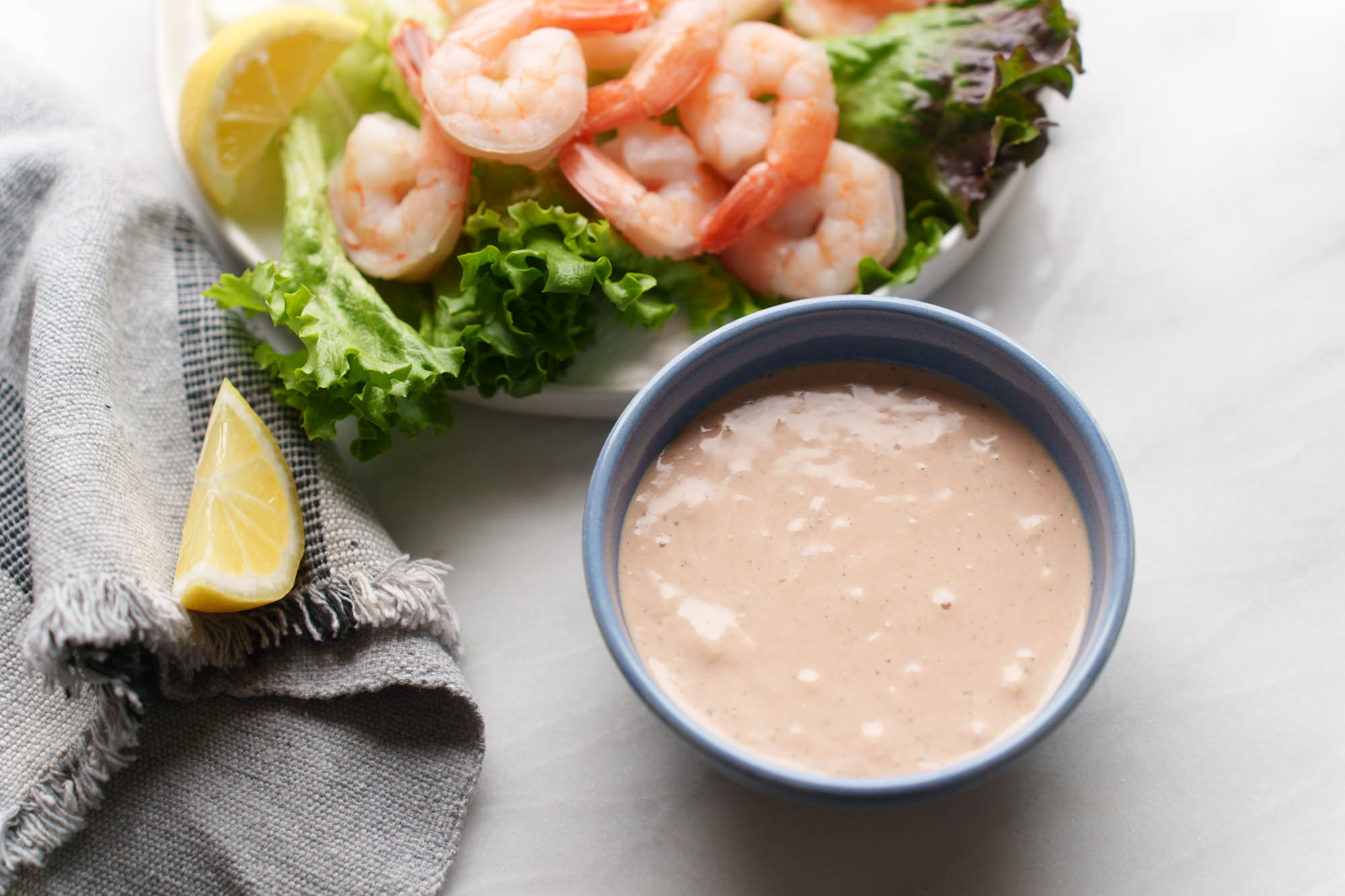The thought of preparing Vietnamese rice paper rolls lingers in my mind after enjoying a few at a newly opened Vietnamese restaurant.
These rice paper rolls are bursting with vibrant and fresh flavors. They consist of crunchy vegetables, tender noodles, and aromatic herbs wrapped in rice paper, accompanied by a zesty peanut dipping sauce.
Known in English as Vietnamese rice paper rolls, summer rolls, and salad rolls, they all refer to the same delightful dish.
Essentially, Vietnamese rice paper rolls are salads wrapped in a delicate package. They are as healthy as they sound, especially if you skip the pork belly slices or opt for a vegetarian version by excluding shrimp as well.
This article will guide you through the process of making rice paper rolls. The main ingredients fall into four categories: vegetables, protein, herbs, and noodles. Most components are served raw, with the exception of the protein.
Let’s dive into the details.
Note: This post may contain affiliate links. Please read my private policy for more information. I may receive commissions for purchases made through links in this post.

The Components
The fillings can vary, but the key is to pack in as many fresh vegetables as possible while incorporating meat and shrimp to enhance the flavor.
The rolls should contain proteins, crunchy vegetables, herbs, and noodles to create a delightful mix of flavors and textures.
The Protein (Meat/Shrimp)
Shrimp is a common ingredient in most Vietnamese rice rolls, unless you’re opting for a vegetarian version.
Preparation:
- Clean the shrimp by removing the head and tail, and devein.
- Place the shrimp in a shallow pan with just enough boiling water to cover them.
- Add a teaspoon of salt and cook over low to medium heat until the shrimp turn pink and are no longer translucent.
- Remove from heat and set aside.
- Slice the shrimp in half lengthwise and remove the shell.
There’s no need to season the shrimp, as the dipping sauce provides all the flavor. If desired, you can add a small amount of salt and a stick of smashed lemongrass to the water for added flavor.
For meat, pork belly (or other fatty cuts of pork) is a popular choice.
Preparation:
- Bring a pot of water to a boil, adding a teaspoon of salt and a teaspoon of sugar.
- Submerge the pork in the boiling water and reduce the heat to maintain a gentle simmer.
- The meat is done when it floats. Use a kitchen thermometer to ensure it reaches an internal temperature of at least 63°C (145°F).
- Drain and slice the pork thinly.
- Reserve the pork broth for making the peanut dipping sauce later.
Other protein options include chicken, or for a vegetarian alternative, use firm tofu sliced thinly to replace the pork and shrimp.
The Vegetables
Lettuce serves as the primary vegetable for the rice rolls, much like in a salad. A large leaf holds the other vegetables and herbs, preventing smaller pieces from falling out and making wrapping difficult.
Common additions include carrots and cucumbers, which add a satisfying crunch that contrasts nicely with the sticky rice paper and soft vermicelli.
Cut these vegetables into julienne or thin slices. I prefer to cut them into matchsticks. A Japanese mandolin makes this task easy, allowing for uniform thickness. Stack the slices and use a sharp knife to create fine julienne strips.
Bean sprouts are another common addition, though I have omitted them in this recipe, as the carrots and cucumbers provide ample crunch.
The Herbs

A variety of herbs adds a lingering aroma to your palate with each bite. Typical Vietnamese herbs include basil, coriander, and mint.
You can use any combination of these herbs, as they are staples in Vietnamese cuisine. If you enjoy pho, you’ll likely be familiar with basil, mint, and coriander. Feel free to omit any herb you don’t prefer.
Scallions are also a nice touch. You can let the green tops peek out from both ends of the rice rolls for garnish.
The Rice Vermicelli

Including rice vermicelli makes the rice rolls a complete meal, providing carbohydrates, proteins, fibers, and some fats from the peanut sauce.
There’s no need to cook the rice vermicelli; simply soak it in hot water (do not boil) for about five minutes. The noodles should become soft and al dente. The soaking time may vary based on the water temperature and noodle thickness.
Check for doneness at one-minute intervals after the third minute. Once they are al dente, drain and rinse in cold water to stop the cooking process. Drain again, and they are ready to use. The texture should be yielding yet chewy.
The Rice Papers (Wrappers)

Rice paper is brittle and becomes sticky when wet, so it’s crucial to keep it dry at all times.
Before wrapping, prepare a shallow plate of water for moistening the rice papers.
There are various methods to soften rice papers, from soaking in hot water to patting them dry with kitchen towels. I find that using cold water is the simplest method, as hot water can soften the papers too quickly, making them overly sticky if you take too long to arrange the ingredients.

Wrapping the Rice Paper Rolls
While there’s no strict method, here’s how I do it:
- Mise en place. Prepare all ingredients, as you need to wrap the rice paper within a minute after moistening it, or it will become too sticky and difficult to handle.
- Submerge the rice paper fully in cold water for five seconds just before wrapping.
- Remove it and place it on a clean cutting board or tabletop. Pat the rice paper dry with a kitchen towel to remove excess moisture.
- Flip the rice paper over and pat dry the other side. Return it to the dry cutting board.
- Select a piece of lettuce about 2/3 the diameter of the rice paper. Layer the carrot, cucumber, rice vermicelli, and herbs on top of the lettuce. Position the rice paper slightly off-center towards you, leaving about an inch of space from the edge.
- Arrange the pork slices (if using) slightly further away from you, with the shrimp furthest away from you.
- Begin rolling the rice paper to encase all the fillings. If the rice paper isn’t soft enough to fold, wait a moment; forcing it can cause it to break. Allow it to soften for about half a minute.
- Roll it tightly by gently squeezing it together, but avoid breaking it. (This is the only ‘technical’ step in making rice paper rolls.)
- Fold the two sides inward like closing an envelope, then continue rolling away from you to wrap the meat slices and shrimp.
It may take some practice to achieve the perfect wrap. Aim for a tight, compact roll that showcases all the ingredients through the translucent rice paper.

The Dipping Sauce
The flavor of rice paper rolls largely depends on the accompanying sauces. There isn’t a single standard for making dipping sauce.
This recipe includes two common dipping sauces. The first is Nuoc Cham, a versatile sauce used in various Vietnamese dishes. I also use this sauce for Vietnamese pork chops and spring rolls. Check out these recipes—they are both delicious and easy to prepare.
The second sauce is peanut sauce, made from a combination of peanut butter and Hoisin sauce. Some Vietnamese restaurants create a lighter-colored version by substituting water with milk in the recipe.
Both sauces are simple and delicious. If you’re making them for the first time, prepare them according to the quantities in the recipe. Feel free to adjust the amounts of each ingredient to suit your taste preferences for sweetness, spiciness, and saltiness.
Make the Vietnamese Rice Paper Rolls in Advance
To prevent the rolls from drying out, arrange them in a single layer without any touching. If they come into contact, they will stick together, making separation difficult without damage.
Cover the rolls with cling film and store them in the refrigerator. They should stay fresh for up to half a day.
Ingredients
For the Rice Paper Rolls
- Rice paper
- Shrimp or protein of choice
- Rice vermicelli
- Lettuce leaves
- Carrots
- Cucumbers
- Fresh herbs (basil, mint, coriander)
- Scallions
For the Dipping Sauce Nuoc Cham
- 2 tbsp sugar
- 1 1/2 tbsp lime juice
- 1 tbsp fish sauce
- 4 tbsp hot water
- 1 clove garlic, crushed
- 1 bird’s eye chili, finely sliced
For the Peanut Sauce
- Peanut butter
- Hoisin sauce
- Vegetable oil
- Garlic
Instructions
For the Rice Paper Rolls
- Clean the shrimp. Place them in a shallow pan with boiling water just enough to cover. Add a teaspoon of salt and cook until pink and opaque. Remove the shell.
- Soak the rice vermicelli in hot water. Once al dente, drain and place in cold water to stop cooking. Drain again, and it’s ready to use.
- Submerge the rice paper in cold water for five seconds just before wrapping. Remove and pat dry.
- Cut the carrots and cucumbers into matchsticks.
- Choose a lettuce piece about 2/3 the diameter of the rice paper. Layer the carrot, cucumber, and rice vermicelli on it.
- Place the vegetables and herbs on the rice paper, slightly off-center, leaving about one inch clear from the edge.
- Position the scallion horizontally towards the edge of the rice paper and the halved shrimp on the opposite side.
- Fold the sides in, like closing an envelope, and then roll away from you to wrap the scallion and shrimp.
For the Dipping Sauce Nuoc Cham:
- Mix the water, sugar, lime juice, and fish sauce until the sugar is dissolved.
- Add the minced garlic and finely chopped chili.
For the Peanut Sauce
- Sauté the garlic in vegetable oil.
- Add the remaining ingredients.
- Reduce the mixture to the desired thickness.
Notes
Nutritional value is for one rice paper roll.
Recommended Products
As an Amazon Associate and member of other affiliate programs, I earn from qualifying purchases.
Nutrition Information:
Yield: 8
Serving Size: 1 rice paper roll
Amount Per Serving:
Calories: 291
Total Fat: 13g
Saturated Fat: 4g
Trans Fat: 0g
Unsaturated Fat: 7g
Cholesterol: 38mg
Sodium: 855mg
Carbohydrates: 30g
Fiber: 2g
Sugar: 7g
Protein: 14g
This data was provided and calculated by Nutritionix on 6/17/2019





